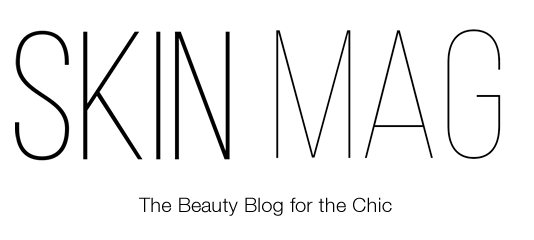
Most people have vivid memories of their terrifying pimple-faced teenage years. But if you thought acne was frustrating before you turned 20, imagine having to deal with it again later as an adult. Getting acne beyond your pubescent years can be the most frustrating thing, especially since the rise of social media has placed a lot of emphasis on appearances Indeed, the coining of “instaworthy shots” has social medial platforms such as Instagram resembling more and more of an aesthetics feed with fashion bloggers who work as social media influencers selling images of perfect, porcelain clear skin.
How To Tell If You Have Hormonal Acne

At puberty, hormonal breakouts usually develop across the face. In one’s twenties or older, hormonal acne is usually concentrated around the cheeks, jaw and chin. Another hint of adult hormonal acne is these tend to be deep, painful cysts which are sensitive or tender to touch. Cystic acne are nasty not only because they hurt and are gross, they can also potentially cause unsightly scars. For women who suffer from hormonal acne, they may note a cyclical nature of their acne flares – usually breakouts during ovulation or around the time of their menses.
There is a saying “different strokes for different folks”. Guess what? This applies to acne treatment as well. When you have upped your acne care products and nothing seems to be working to keep the acne at bay, maybe it is something else. Hormonal acne normally do not resolve with topical treatments alone, because the problem is caused by hormonal imbalances or fluctuations.
How To Care For Hormonal Acne
The Pill. There are 4 birth control pills that are FDA-approved for acne as well as another drug Spironolactone which helps to block hormones from stimulating the oil glands. Roaccutane is aggressive but it can be severely drying, although it can really cure truly acne. However, these are out of bounds for women thinking of starting a family and you will need to be carefully monitored while on it.
Anti-Acne Diet. Studies have found that foods high in glycemic index such as pasta, bread and rice may encourage a surge in the hormones that stimulate oil production in skin. Foods heavy in hormones such as dairy products, especially milk should be cut down.
Probiotics & The Brain-Gut-Skin Theory. Accordingly, negative emotions like stress, anxiety, depression disturbs gastrointestinal function which leads to systemic inflammation – acne. Stress lowers levels of 2 particular strains of “good bacteria” in the gut. Experts recommend probiotics, in particular lactobacillus acidophilus to help the gut normalize its function again. Taking these can in turn help the skin, on top of other benefits such as reduction in bloating and improvement in constipation! Probiotics have also found their way to skincare formulations and these have shown to be effective particularly if one is also on topical or oral antibiotics, which are thought to wipe out the good bacteria on the skin along with the acne-causing ones.
Find a skincare system and stick to it. Most over-the-counter products do not treat the hormonal component of acne, but it doesn’t mean you are throwing money down the drain investing in it. A salicylic wash twice a day helps to unclog pores, decreas inflammation and also has a small anti-bacterial effect. Next, try a gentle exfoliant, such mild, over-the-counter retinol, a gentler version of prescription strength Retin-A for acne. We like SW1’s Skin Laundry III which contains salicylic acid and Unicorn Tears, an anti-aging essence which contains Retinol.

